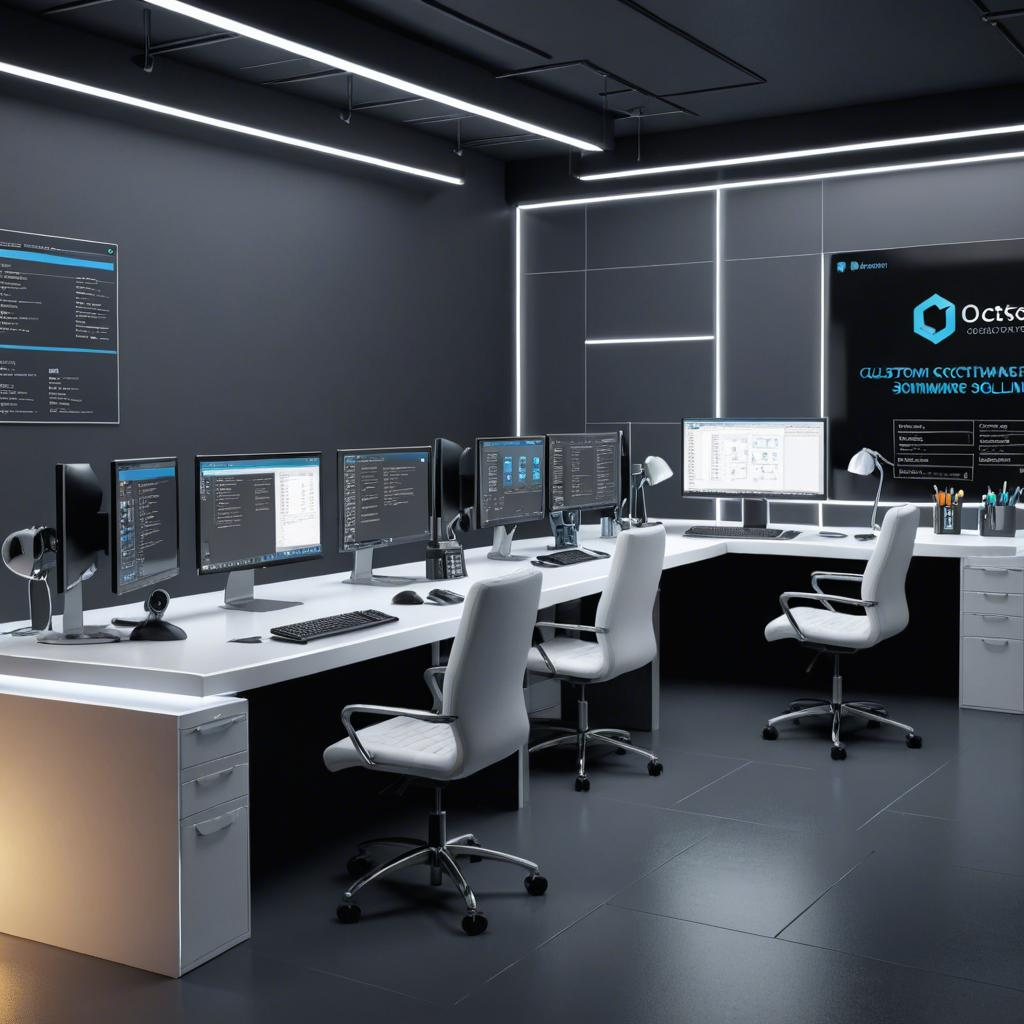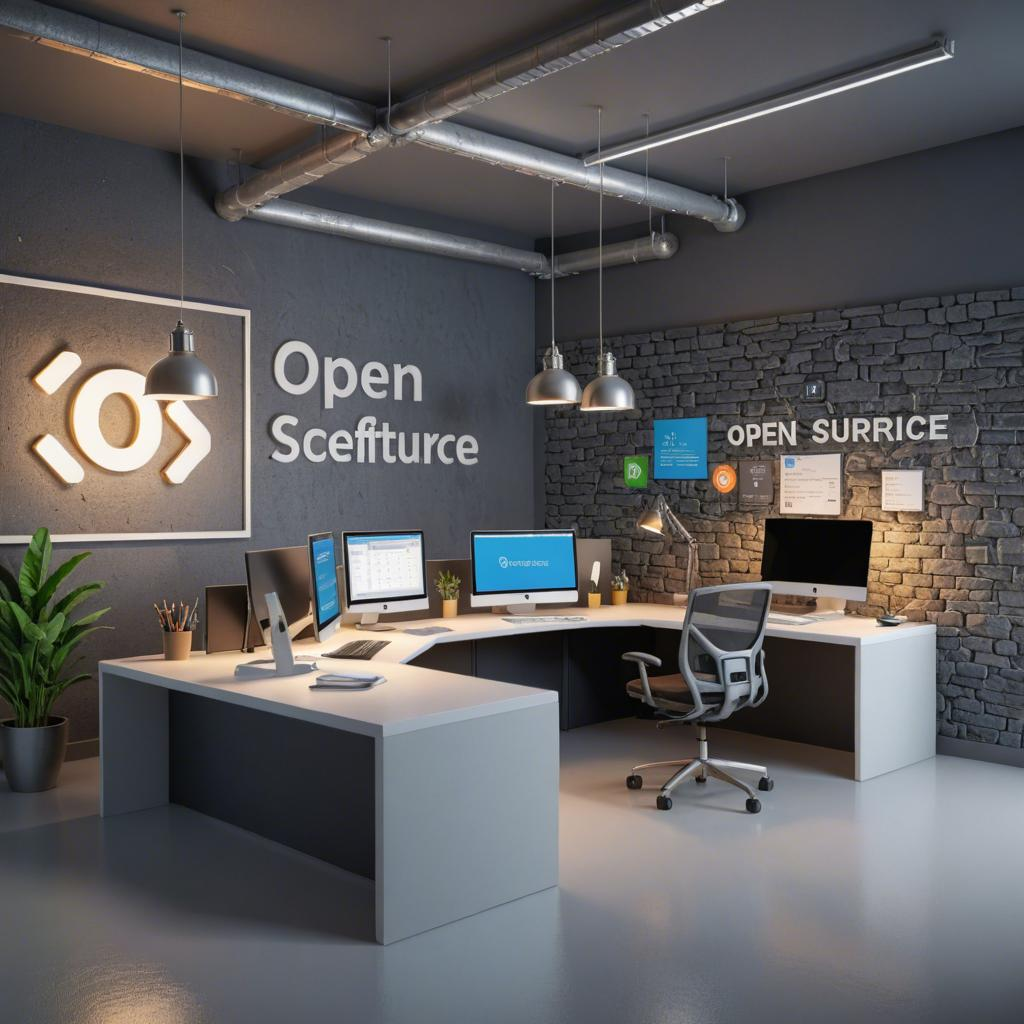How to Create a mobile app for the Transportation Industry
In recent years, the transportation industry has witnessed a paradigm shift as mobile technology redefines how people and goods move. With the increasing demand for convenience and efficiency, creating a mobile app tailored for transportation services has become an essential venture. Mobile app developers play a pivotal role in this transformative process. In this article, we will explore the essential steps and considerations for developing a successful mobile app in the transportation sector.
Understanding the Needs of the Transportation Industry
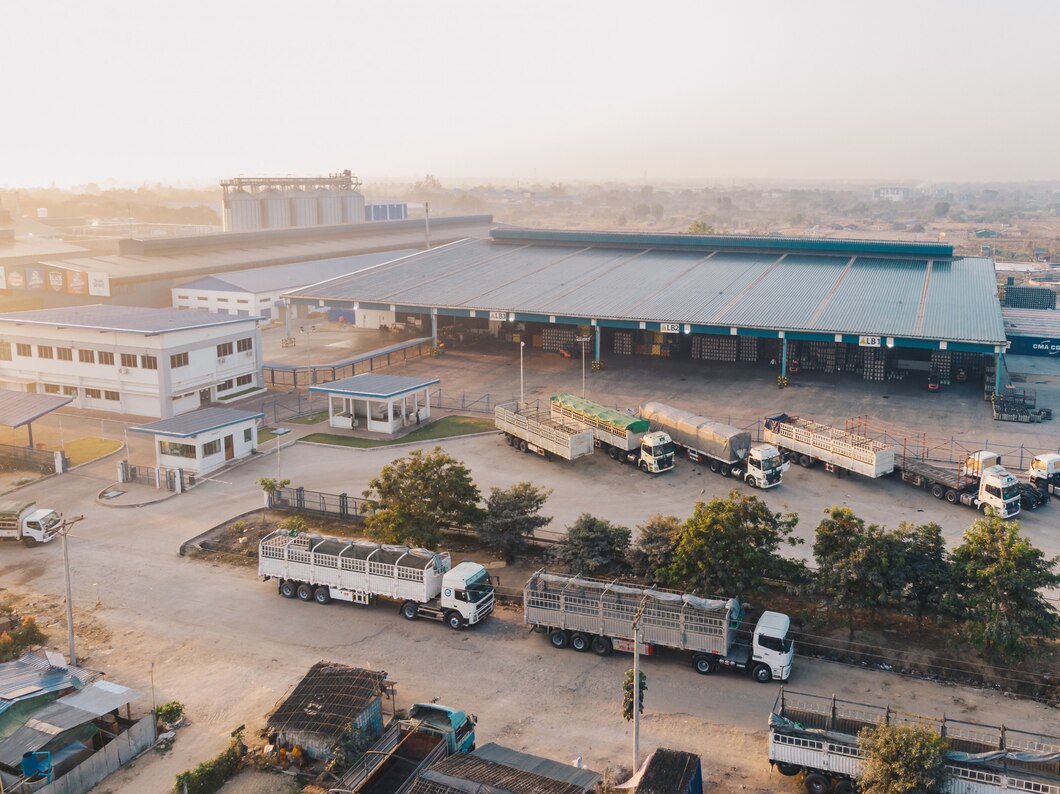
Before embarking on app development, it is crucial to understand the unique needs of the transportation industry. Whether the focus is on ride-hailing, freight logistics, or public transportation, identifying the target audience and their requirements is the first step. For instance, ride-hailing apps like Uber prioritize user-friendly interfaces and GPS integration, while logistics apps emphasize real-time tracking and inventory management.
Mobile app developers must conduct thorough market research to identify pain points within the industry and craft solutions that address these challenges. Understanding the nuances of the industry will help in designing a product that resonates with end users.
Choosing the Right Features for Your App

The success of a mobile app in the transportation industry largely depends on the features it offers. Essential features include GPS tracking, real-time notifications, and secure payment gateways. For ride-hailing services, features like route optimization, driver and passenger communication, and fare estimation are crucial. Logistics apps may require additional functionalities such as vehicle tracking, route planning, and integration with supply chain management systems.
Mobile app developers should prioritize features based on user needs and business goals. Balancing simplicity with functionality ensures a seamless user experience while meeting operational requirements.
Designing a User-Centric Interface
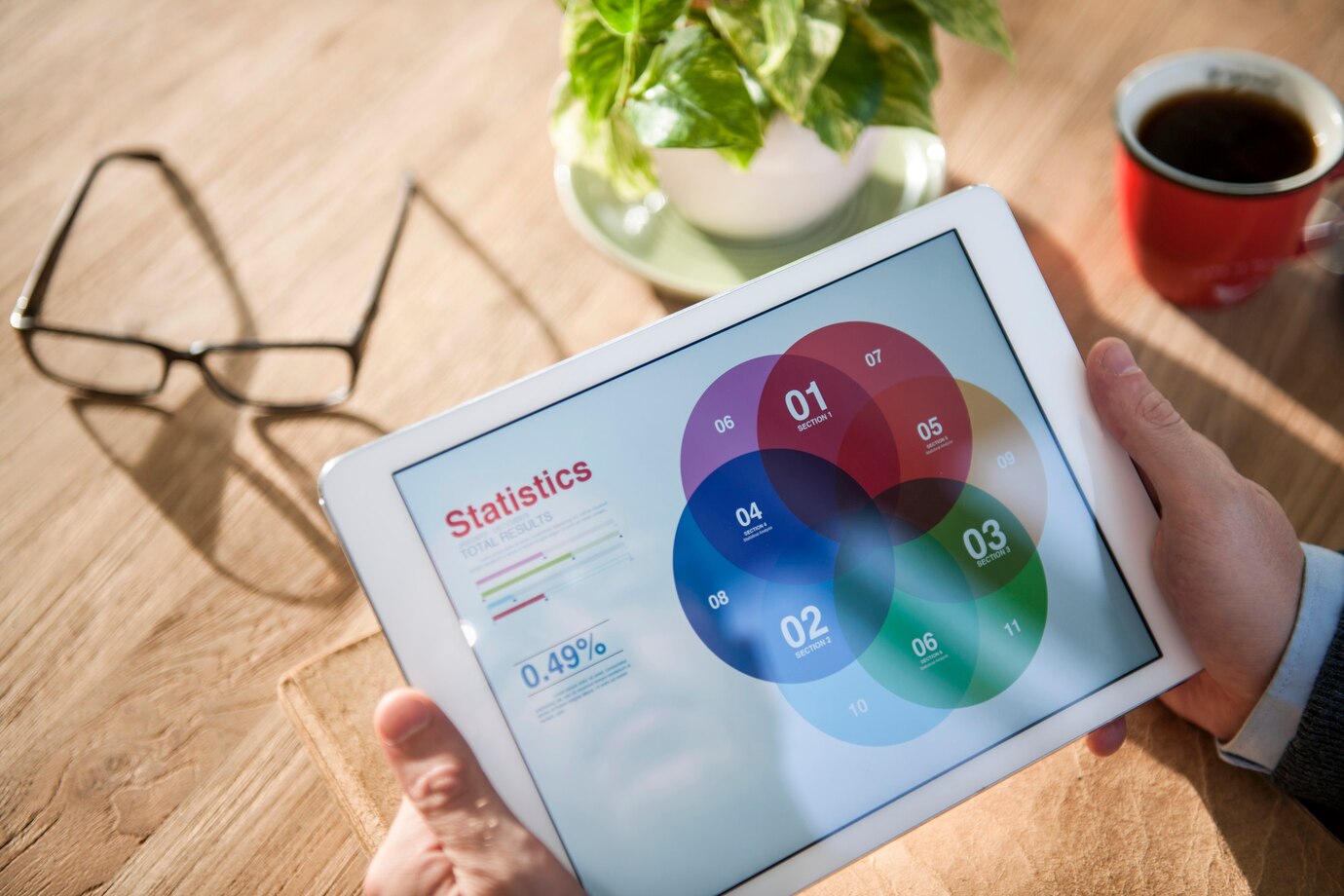
The design of a mobile app can significantly impact its adoption and usability. A user-centric interface ensures that customers can navigate the app effortlessly. Clean layouts, intuitive navigation, and minimalistic design elements enhance the overall user experience. For transportation apps, features like real-time updates and maps should be displayed prominently to facilitate ease of use.
Mobile app developers should leverage wireframes and prototypes to test the design with potential users before finalizing it. Gathering feedback during the design phase helps in creating an interface that aligns with user expectations.
Ensuring Seamless Integration with Existing Systems
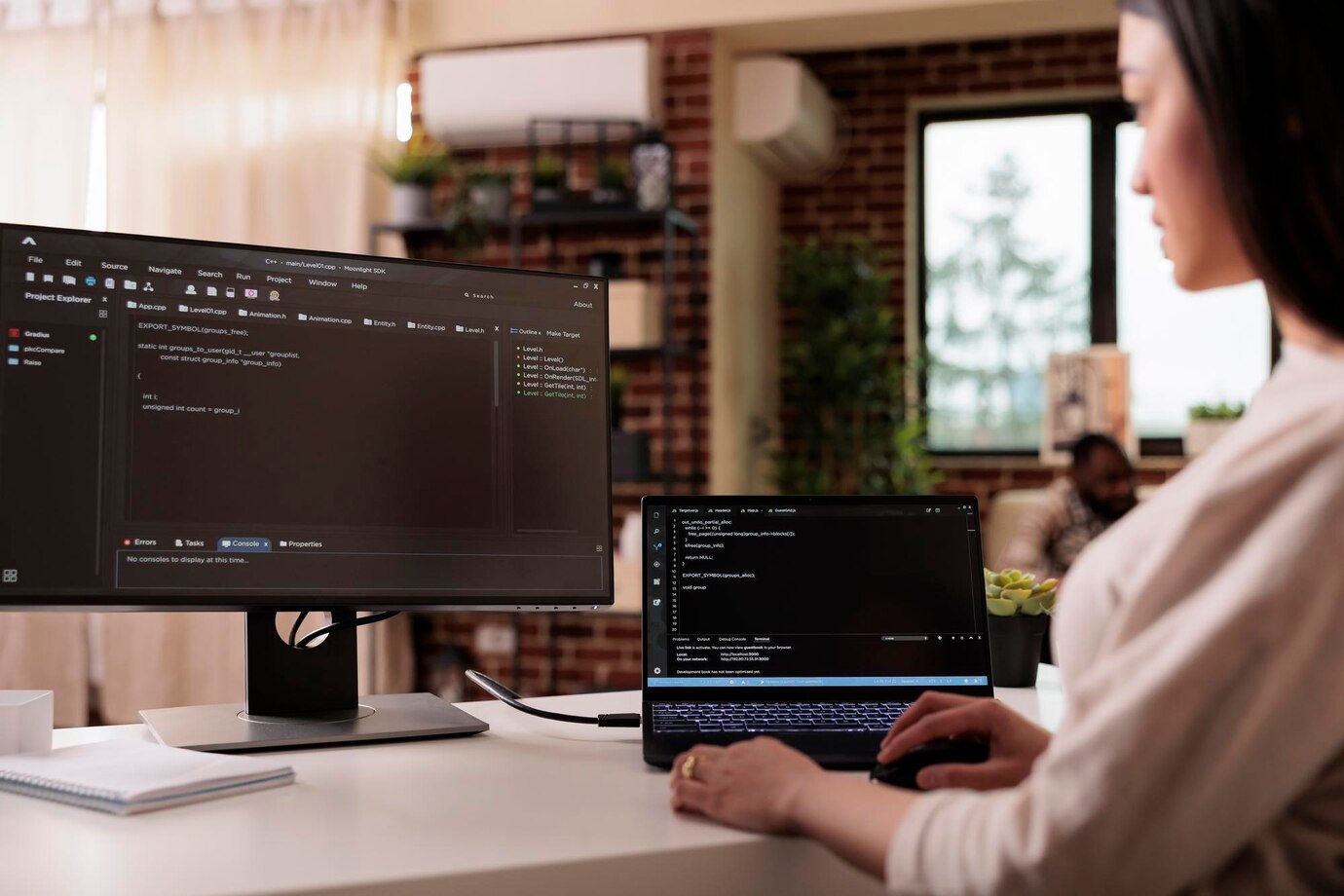
For transportation businesses that already rely on legacy systems, integrating new mobile applications with existing infrastructure is critical. Seamless integration ensures data consistency and operational efficiency. Mobile app developers must collaborate closely with business stakeholders to understand existing workflows and identify integration points.
APIs play a vital role in enabling communication between the mobile app and existing systems such as ERP, CRM, or fleet management platforms. Developers should also consider the scalability of the app to accommodate future technological advancements.
Prioritizing Security and Compliance

Security is a top priority for any mobile app, especially in the transportation industry where sensitive user data is involved. Mobile app developers must implement robust security protocols to safeguard personal and financial information. Features like multi-factor authentication, data encryption, and secure payment gateways are non-negotiable.
In addition to security, compliance with industry regulations and standards is essential. For example, apps catering to logistics may need to adhere to guidelines for electronic logging devices (ELDs) or data privacy laws like GDPR and CCPA. Ensuring compliance not only builds trust but also protects the business from legal repercussions.
Testing and Iteration

Thorough testing is an integral part of the app development process. Mobile app developers should conduct extensive quality assurance (QA) testing to identify and rectify bugs or performance issues. Testing should cover various aspects, including functionality, usability, compatibility, and security.
User feedback during the testing phase provides valuable insights for improvement. Iterative development ensures that the app evolves based on user needs and market trends. Post-launch updates and enhancements are equally important to maintain user engagement and satisfaction.
Marketing and Launching Your App

Once the app is ready, an effective marketing strategy is essential for a successful launch. Highlighting the app’s unique features and benefits through targeted campaigns can attract users and create a buzz. App store optimization (ASO), social media marketing, and collaborations with industry stakeholders can amplify your reach.
Mobile app developers should work closely with marketing teams to ensure a cohesive launch strategy. Gathering user feedback post-launch helps in identifying areas for improvement and sustaining user engagement.
Conclusion

Creating a mobile app for the transportation industry involves a strategic blend of innovation, user-centric design, and technological expertise. By understanding industry needs, integrating essential features, and leveraging emerging technologies, mobile app developers can create solutions that revolutionize the way transportation services are delivered. As the demand for smarter and more efficient transportation solutions continues to grow, investing in a well-designed mobile app can position your business as a leader in this dynamic industry.



